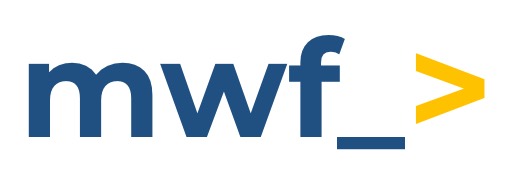How to link Git entities to Jira issues?
Once the repository is configured by the Jira administrator, you need to associate Git branches, commits, pull and merge requests with Jira issues. Jigit uses Jira issue keys (for example, TP-1) to link Git entities to specific issues:
In your Git commit messages, the pull and merge request summary or title field, include the Jira issue key(s) that the Git entity relates to. The branches to be shown must contain the issue key in the branch name.
Git entity can contain more than one issue key. In this case, it will be displayed on the tab of every mentioned issue.
Once the Git entity is created and saved, you should be able to see the information related to it on the Jigit tab.
The issue key should match exactly.
For instance, the following Git-commit messages will be linked to the Jira issue TP-1:

Jira issue view

Smart commits
Available since 3.04.01
Smart commits are special commit messages that allow you to perform specific actions in Jira through your Git commit messages. Jigit supports smart commits for transitions.
This feature will be available if only it is enabled in the configuration settings on the Global configuration page by the Jira administrator. To find out, please contact your Jira administrator.
For example, if you write the commit message in the form #in-progress (hash, without spaces and dashes), the issue will be transitioned to the status In Progress.
The smart commits work similarly to the Bitbucket Smart Commits.
How to create a pull or merge in Jira using the Jigit app?
How to create a feature branch in Jira?
Updated:
